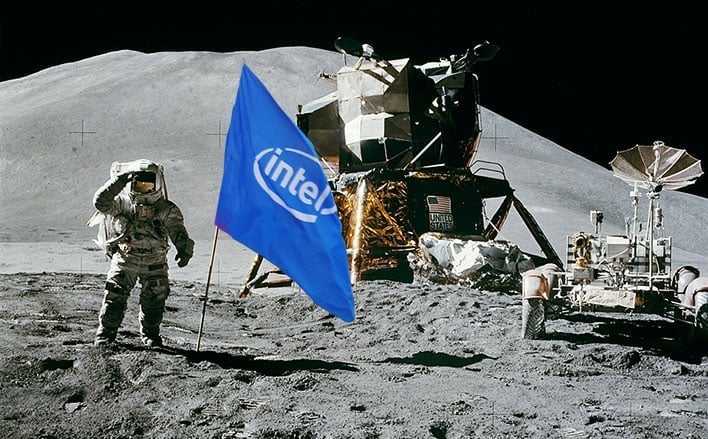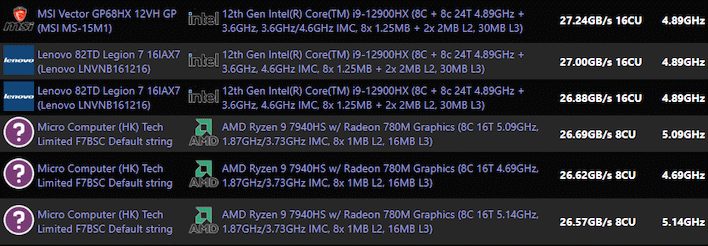Intel Lunar Lake Prototype 8-Core CPU Looks Strong In Confusing Benchmark Cameo

Intel's next processors following Arrow Lake will be known as Lunar Lake, at least for laptops. Those parts are expected to be a whole new design, both at the package level and at the core level, and the emphasis is expected to be on performance-per-watt. Intel has said that it expects Lunar Lake to definitively establish performance-per-watt leadership, an area where longtime rival AMD has made excellent strides in the last few years.
Intel demoed Lunar Lake on stage at its Innovation '23 show last month, so we already knew the company had working silicon, but a benchmark leak (spotted by Everest) over at the SiSoftware Official Benchmark Ranker gives us a sneak peek at an early sample of the chip. We know it's Lunar Lake because it says so right in the result: "Intel Lunar Lake Client Platform Lunar Lake Client System (Intel LNL-M LP5 RVP1)."
The benchmark result is interesting; the chip manages some 21 GB/second in the "Processor Cryptography (High Security)" benchmark. That's not bad considering that this is an eight-core laptop CPU that we're looking at. For comparison, the fastest laptop CPUs in the database are putting up scores around 28 GB/second. Those are recent-generation Core i9 processors with many more than 8 cores. However, there are some top results from AMD CPUs, too, including some eight-core Ryzen 9 7940HS chips scoring about 27 GB/second. AMD's Ryzen CPUs have always been strong in cryptography benchmarks, so this isn't really surprising.

Some of the fastest laptop results for the benchmark.
The confusing part of the result is that SANDRA seems to read the processor as a twenty-core CPU. In fact, it says "5M 20c," which reads to us like the application is perhaps interpreting the Lunar Lake CPU as an old AMD "construction" family CPU with clustered multi-threading. Those chips used "modules" containing two "cores" that shared an FPU, although after AMD's loss in court, it was forced to admit that "modules" were more like "cores" than what AMD was calling a "core."
It's interesting, because Lunar Lake is likely to have an odd configuration at the scheduling level, from what we've seen. A patent that Intel published earlier this year in combination with some rumors we've seen would seem to imply that Intel will drop hyper-threading in future CPUs in favor of a new design called "partitioned thread scheduling." We wrote about that at length before; you can read that coverage if you're curious.
The upshot is that, as @uzzi38 says above, this is probably an eight-core CPU—likely 4+4 considering the cache structure—but it may appear in an unusual way to the operating system's scheduler owing to its partitioned thread scheduling capability.
Ultimately we wouldn't put too much stock in the performance result because this is surely an early sample of Lunar Lake, and not particularly likely to reflect final performance. It's still fascinating to see the chip show up in a benchmark leak like this, though, and it proves that Intel's demo on stage wasn't just a one-off chip.



